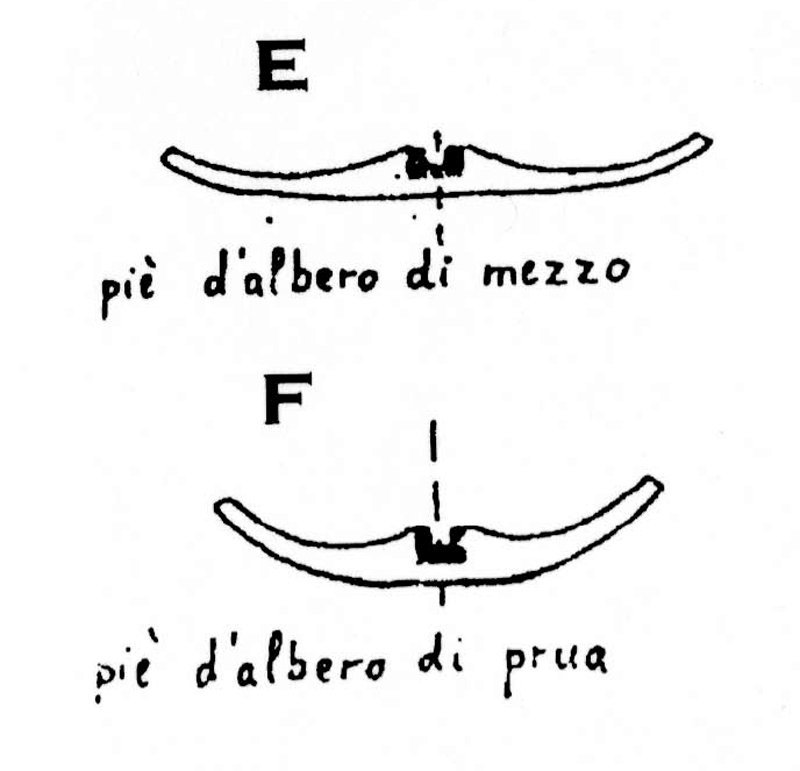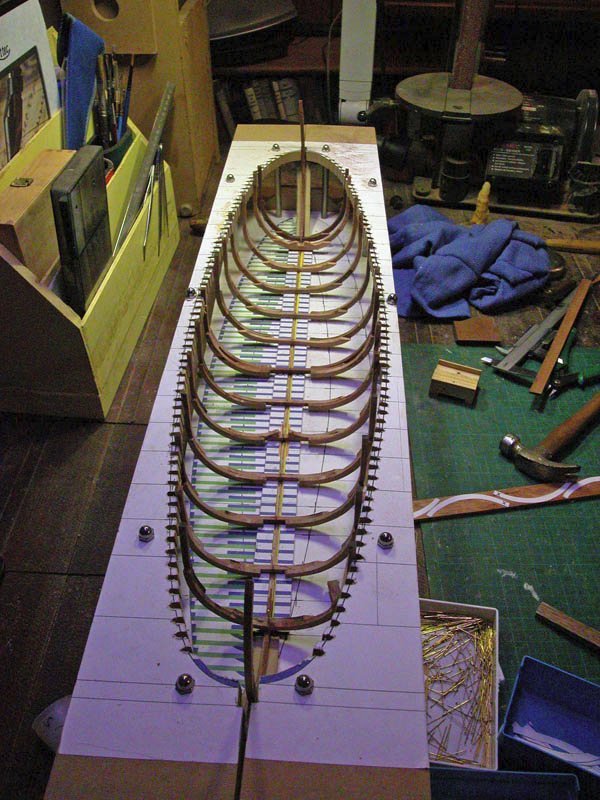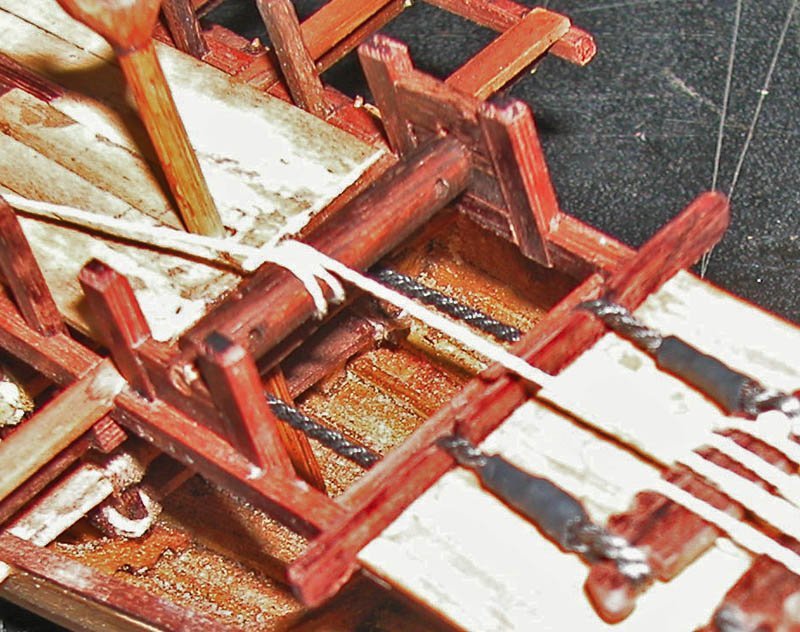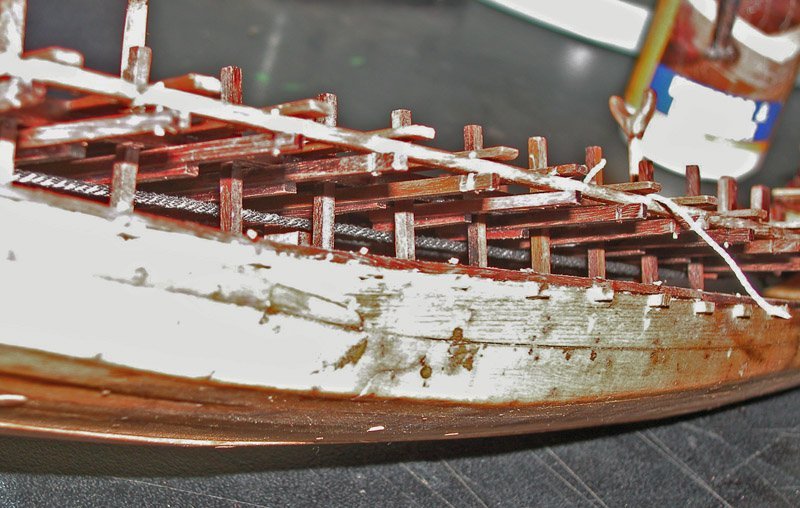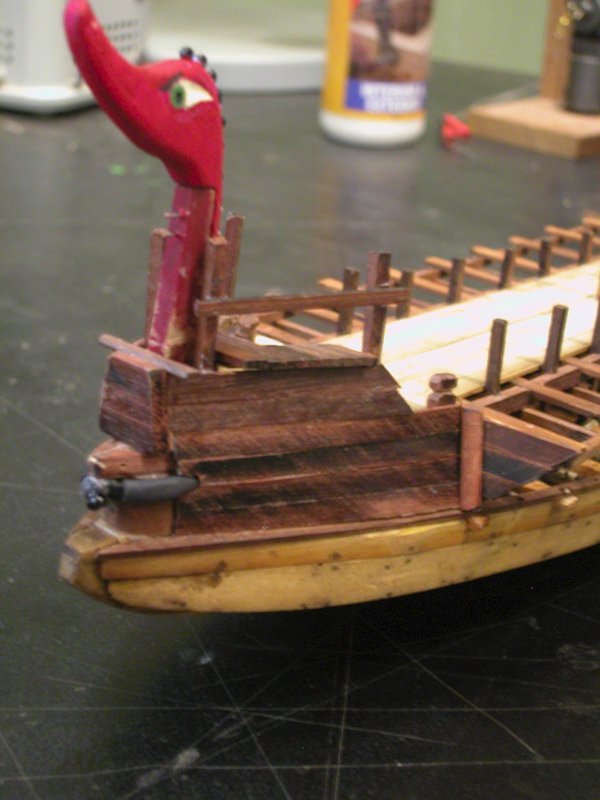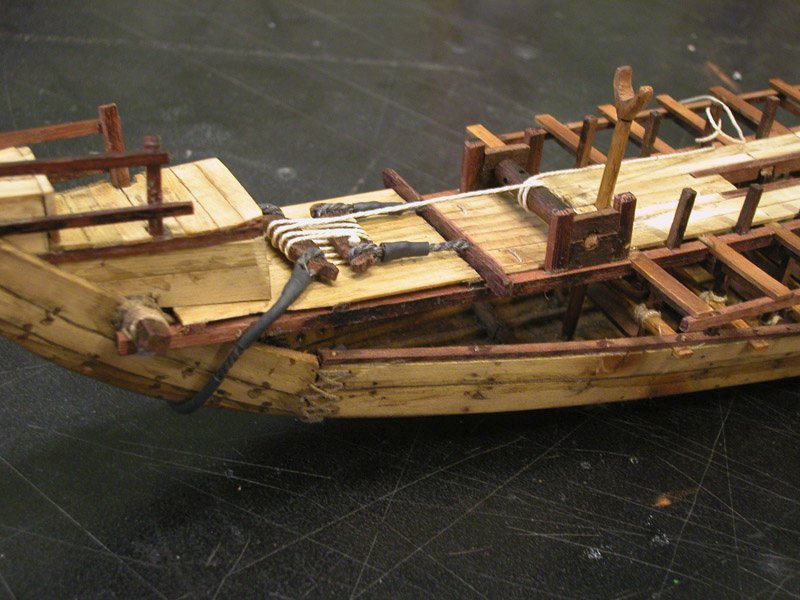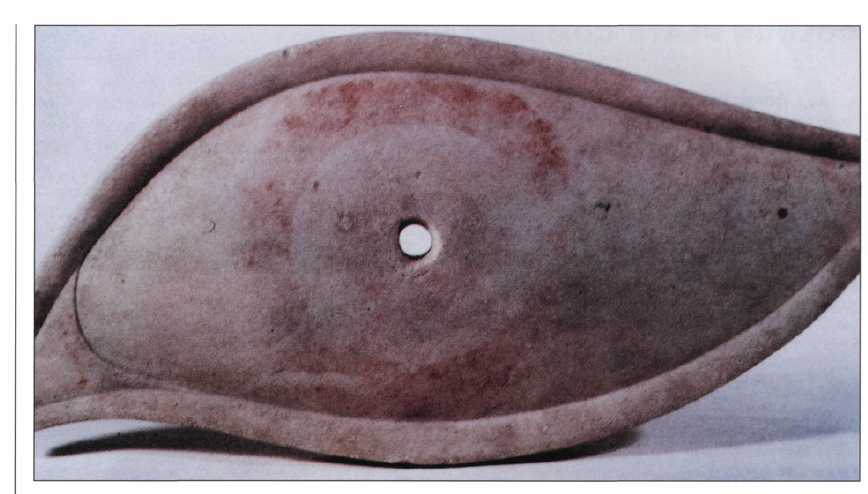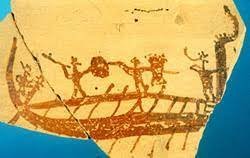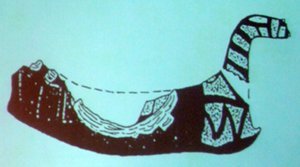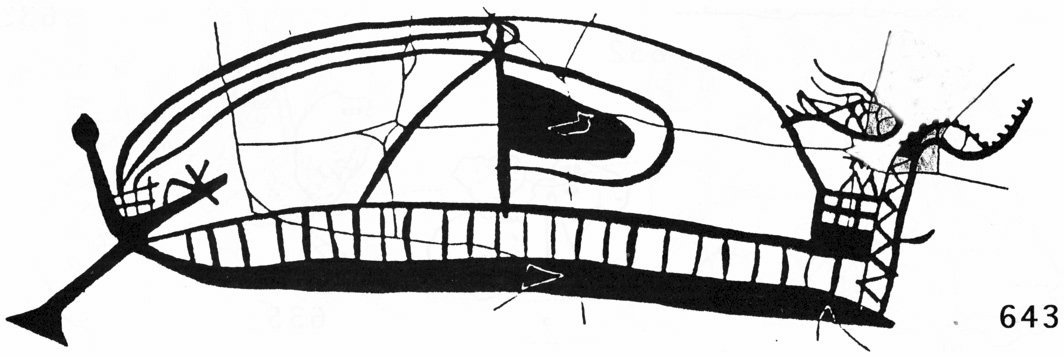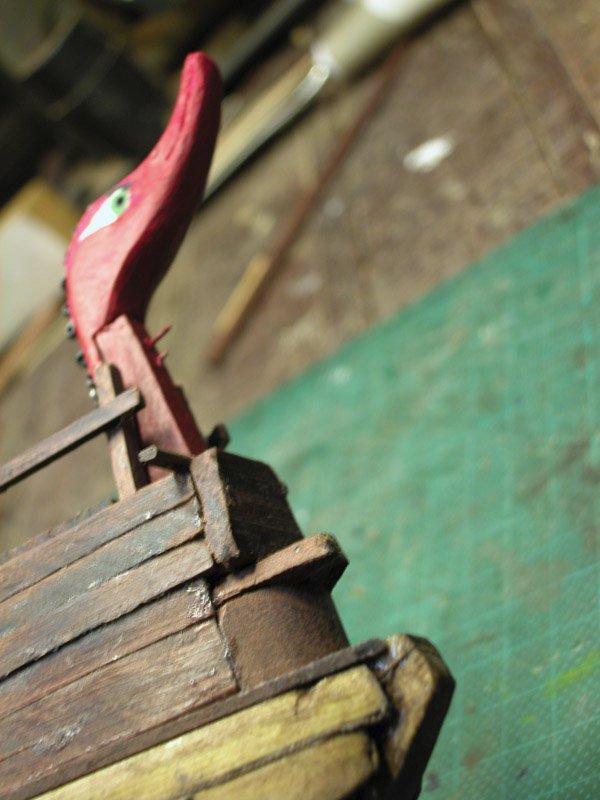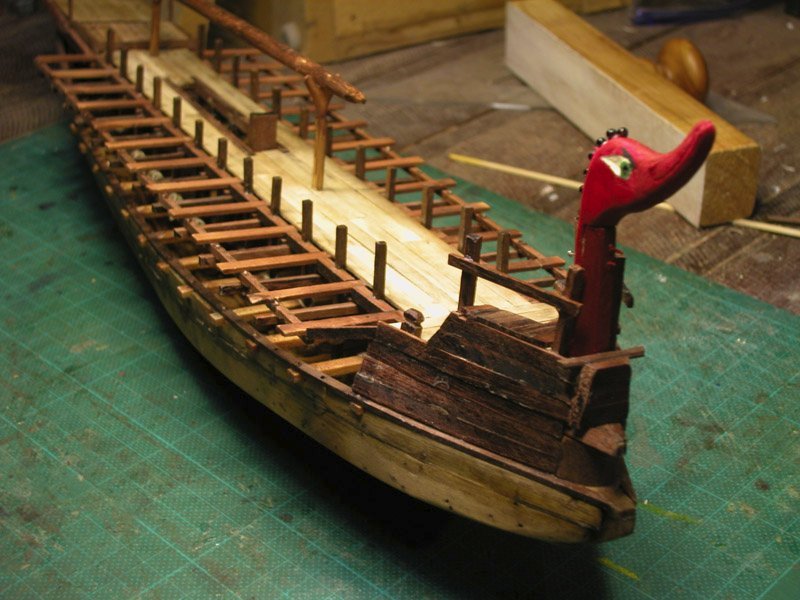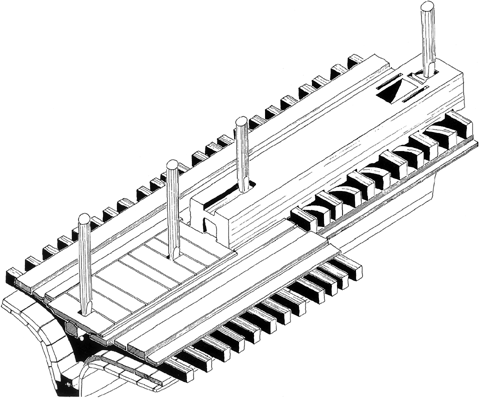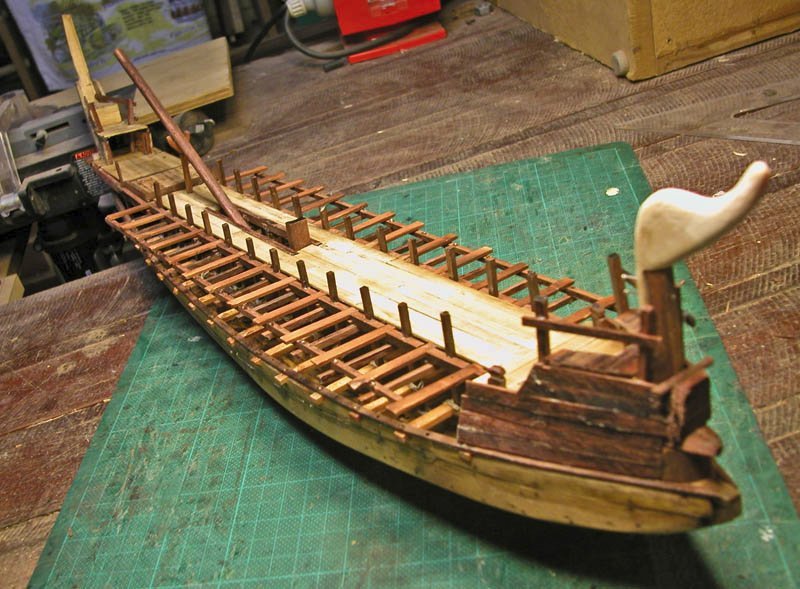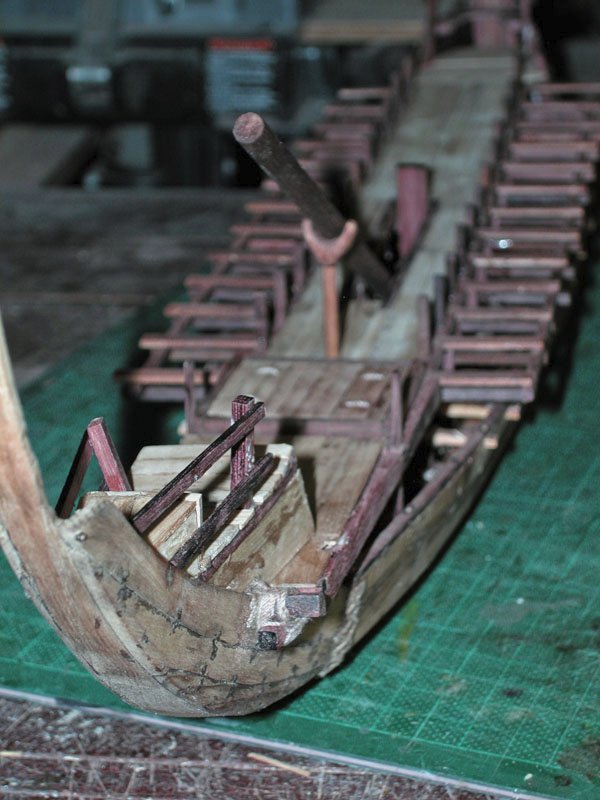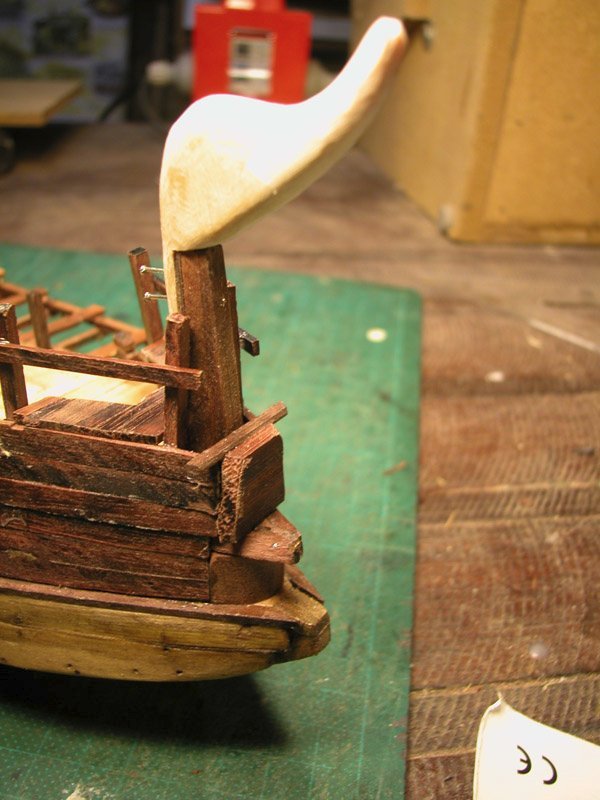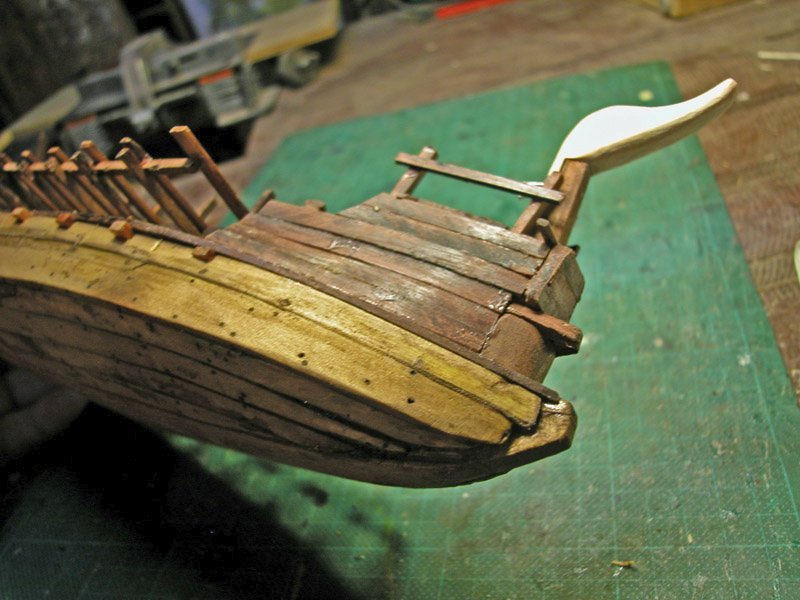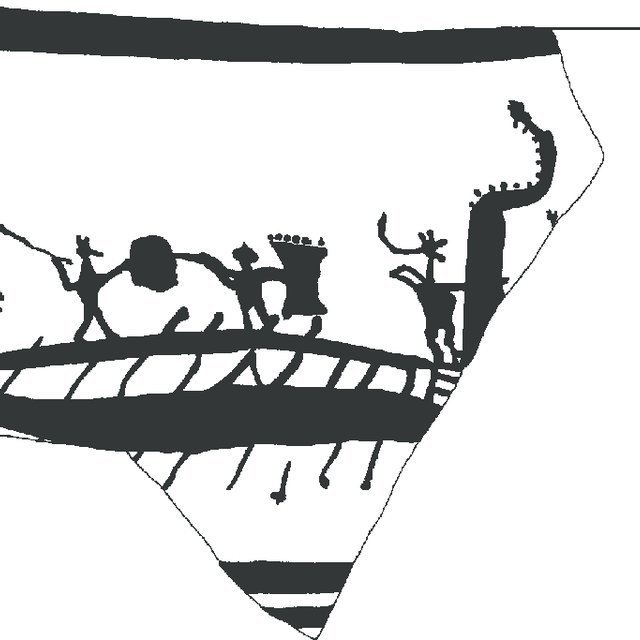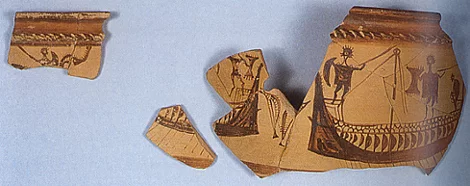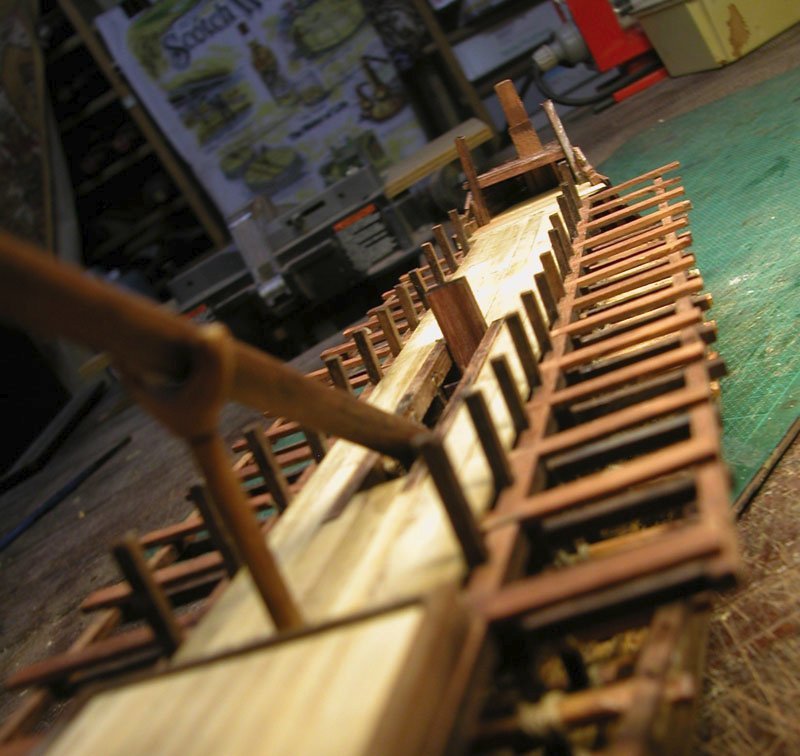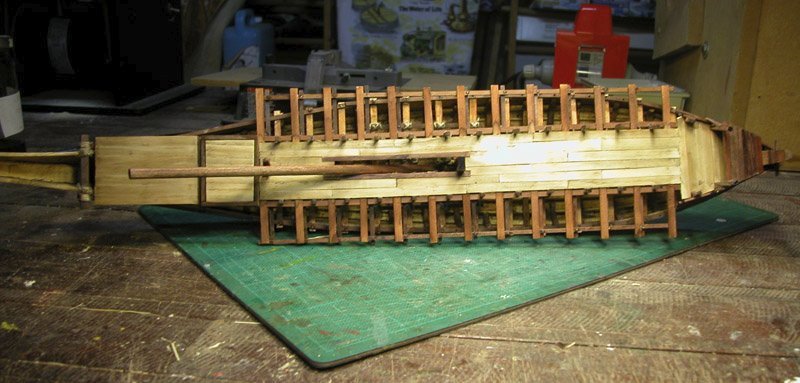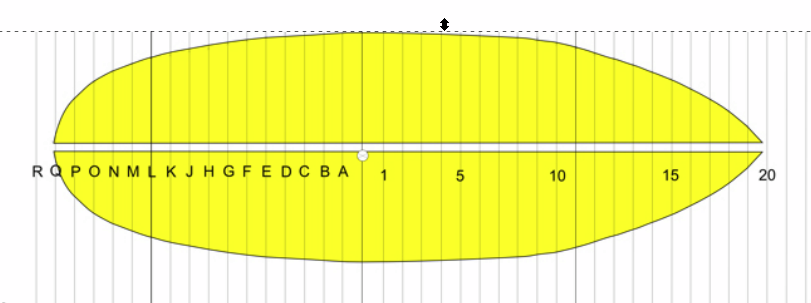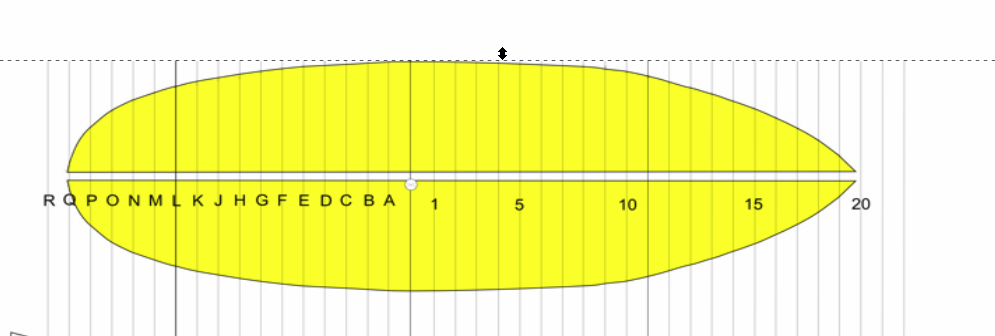-
Posts
834 -
Joined
-
Last visited
Content Type
Profiles
Forums
Gallery
Events
Everything posted by woodrat
-
Whatever you choose to do, the top must NOT project forward of the mast since the yard has to be able swing past the front of the top when tacking or gybing. This is what was done in latin rig of the time, as you know. This is John Pryor's concept: Dick
- 508 replies
-
Shown is the reconstructed (imagined) steering mechanism. At this stage of evolution only one steering oar would be present. It was later in the Iron Age that steering oars would appear on both quarters. As it was a requirement that the steering oar have the capacity to be rapidly rotated into a horizontal position during beaching, there must have been a mechanism whereby the steering can be released rapidly from its upright and pulled into a horizontal position by an up haul. I have shown a possible mechanism whereby this could be done. Dick
- 142 replies
-
Exactly, Grant. They would hug the coast, beach it at night and snug down in inclement weather. They also would have many stone anchors for ballast. But still not a very stable vessel although the oars would help stability a bit Dick
- 142 replies
-
- 142 replies
-
per ardua ad adversitatem. Never trust a power tool! 😎 Dick
- 508 replies
-
No, I was forced to shorten the lower bank oars a little. The lower bank oars were probably stored separate to the upper bank when not in use. Maybe they were colour-coded? Dick
- 142 replies
-
Well.... it isn't a turnip but it's turnipish. It's actually an acanthus seed. The acanthus seed was regarded as a martial symbol by the greeks as its seed is catapulted out of its pod (look it up, it's fascinating). One image of a a bronze age galley from Tragana shows a stern ornament like an acanthus seed. I have made the oars and tentatively fitted two of them Dick
- 142 replies
-
This is a photo of the 14th century galley found in San Marco di Boccalama in the venetian lagoon. Note the coffer dam around it. The lower third of the hull is intact and beautifully demonstrates the carved mast-step supports in the floors. I think the central three supports are integral with the floors but the others may be separate from the floors these are the mast step supports for the flat bottomed rascona found near the galley with separate knees to buttress the mast-steps (INA Quarterly spring 2003 D'agostino and Medas) So this type of mast-step was widespread at least in Venice and the Adriatic. Dick
- 508 replies
-
If you look very carefully at the photo of the Contarina mast-step, you can actually see the wooden wedge blocks that fell out when the mast was removed. Dick
- 508 replies
-
I followed the Contarina 1 wreck which indicates the floors are carved in such a way as to support two short planks. the mast is held between these planks and blocks fore and aft which may well be part of the keelson. In other words, the mast sits on the keelson but the side planks are held by the floor and against the keelson. Weird, eh! Dick
- 508 replies
-
Sorry, but could be worse. The keel could be already attached to the frames😬
- 508 replies
-
Steven I notice that you are building your round ship with a straight keel. The keels on mediaeval round ships and galleys in the mediterrranean were slightly rockered. They did this by using a catenary curve made by a rope suspended between two stakes at each end of the ship. Its not much of a curve but it will make a difference to the end result. Dick
- 508 replies
-
The venetians, having laid the master frame on the keel, then fitted every fifth frame and trued them. The intermediate frames were then fitted. Yoy will need spacers to maintain the space between frames. Dont forget that the mast step supports were part of the floors. Good luck. Have you got a disc sander or is that for next birthday? Dick
- 508 replies
-
The cunning plan has succeeded! Two tarred cables joined at the bow pass into either side of the bow and along beneath the main beams back to the stern platform where they emerge and are attached to a primitive "pulley". the other side of the pulley is attached to a "bridle" or koruphaia looped around the stern. The "pulley" is tightened by a drum windlass. This then tightens the hogging truss. Gad! How do I DO it? Dick
- 142 replies
-
I opine that the eyes on the Duck are the eyes of the god. The oculi on the bow are the eyes of the boat. How else could it see where to go? You wouldn't trust a duck! Dick
- 142 replies
-
Yes, I agree with your first and third option. It is likely that bright primary colours were used (the greeks loved painting up their sculptures) and addition of geometric patterns such as zigzag lines and spirals will help break up the cartoon like appearance. Also the knobs on the head will need to be extended along the beak I also plan some oculi even though they are not seen on the pottery images. But I cant imagine any mediterranean sailor going to sea without them! The eyes on the duck are not enough. Dick
- 142 replies
-
I felt the need for some colour so I have painted the Angry Duck. I hope its not too cartoon like. The knobs along the neck and head are seen on several pottery images and may represent att achment points for feather or hair crest. The second crutch for the mast and yard is installed. Next is the installation of "hogging truss" Cheerio Dick
- 142 replies
-
There is ample evidence from art of the Old Kingdom of Egypt onwards for hogging trusses. Hogging is the tendency for a boat, when on the crest of a wave with its stern and stem unsupported, to bend in its mid-section. This risks the boat breaking up. In order to prevent this the egyptians looped heavy rope around the stern of the boat, ran the rope over crutches along the centreline of the boat and looped around the stem of the boat. The rope was tensioned with a Spanish windlass. This relieved much stress from the joints of the boat and made it more seaworthy. As the mycenaean war galley would also have a tendency to hog, it is reasonable to suppose that some form of hogging truss would have been employed on these seagoing vessels. As no art or shipwrecks from the Bronze Age have survived which show a hogging truss, it is a matter of speculation as to how this would have been done. So, let’s try. In the trieres (trireme) of the Mediterranean of several hundred years later there are references to what were called the hupozomata (hupozoma singular). This term means an undergirding and was meant to longitudinally strengthen the trireme to do much the same job as a hogging truss. There has been much argument in the learned literature as to whether the strengthening rope passed under the keel, around the outside of the hull or along the centreline of hull. Without belabouring you with the arguments, the first option is not likely as the rope would prevent launching. The present consensus is that hupozomata (and in a trireme there were likely several of these) passed along the centre line of the hull under the main beams and was connected with a bridle of plaited rope (koruphaia) passing around the stern of the vessel. The other end of the hupozoma was attached at the stem somehow or encircled it. Also there was a mechanism (tonoi or entonoi) which allowed tensioning of the hupozomata. We don’t know what this mechanism was but Plato mentions a “spindle” of some kind. As rope changes its length depending on whether it is wet dry, such a mechanism would have to permit adjustment while the vessel is at sea. To demonstrate how important the hupozomata were, the greeks only applied them to those triremes which were in active service and removed them from inactive triremes. In other words, the triremes were not allowed to go to sea without them installed and tensioned. To return to our war galley, clearly a much shorter vessel than a trireme, structural integrity was just as important in the Bronze Age but they may used simpler methods. So, I postulate a mechanism intermediate between the simple hogging truss of the egyptians and the complicated hupozomata (for, after all, they were just another way to do a hogging truss) of the age of the trireme. And I have a cunning plan which cannot fail Dick
- 142 replies
-
Ian, in answer to your question on my mycenaean blog, there is definitely good evidence from the archaeology of mast steps. The following drawing is of the Chretienne A wreck from Madrague de Giens (150 - 100 bce) which shows the mast step on a large block on the keelson . There is an aft facing curved surface and an inclined plane which suggests that the mast is removable Also see Casson "Ships and Seamanship etc" page 208. The slots besdide the mast step may be for a tabernacle. Also see this article on mast step coins: The International Journal of Nautical Archaeology (2007) 36 .2: 317–324 doi: 10.1111/j.1095-9270.2006.00132.x MAST-STEP COINS AMONG THE ROMANS D. N. CARLSON Mast-Step Coins among the Romans Deborah N. Carlson Nautical Archaeology Program, Department of Anthropology, Texas A&M University, College Station, Texas 77843–4352, USA The evidence for mast crutches is more iconographic as Louie da Fly has previously shown. I know of no crutches found in ancient wrecks. Hope this helps a bit Dick
- 536 replies
-
- Quadrireme
- radio
-
(and 1 more)
Tagged with:
-
The accommodation for the steersman at the stern is installed. At the forward end, a partial platform behind the stempost allows the head warrior to brutalise the natives but allows him to duck behind a pavise should the natives get too uppity. Note the bird shaped figurehead roughed out. This has been seen on several pottery depictions of these vessels. Dick
- 142 replies
-
Much to my surprise I seem to have built a forecastle! Once the upper bank of rowers was inserted, the central walkway (or galumphing platfrorm for warriors) was planked. The lines of pilons lining the walkway will be used for the housing of shields. In the after part of the walkway a large compainioway is seen which will give access to the underdeck and to the stern. I need to give some consideration to where water would be stored. Weapons and food could be stored under the central walkway/deck. Would water be carried in amphorae or skins?? As these vessels were not ocean crossing, large amounts of water and food would not have been carried. They would travel along the coast from beach to beach and live off the sea and land, presumably extorting provisions from locals as they went. When not in use it is likely that the mast and yard were lowered onto the crutch and derigged. The mast and yard would have been lashed along the central walkway until next needed.. Next job is the ox-hide weather-and arrow-shield for the upper bank of rowers Cheers Dick
- 142 replies
-
Woodrats are slow to anger. Here are the effects on the hull shape by varying the l/b/ratio. This may help you decide. L/B = 2.1 L/b =2.5 l/b = 3 Cheers Dick
- 72 replies
-
If you like but this would give a length of keel /breadth of midship frame of about three. You decide. Dick
- 72 replies
-
I dont know what total l/b means! Please use length of keel/breadth of midship frame. It is explicitly documented that fifteenth century carracks or cocha were around 2.5. This I would regard as a logical starting point. Dick
- 72 replies
About us
Modelshipworld - Advancing Ship Modeling through Research
SSL Secured
Your security is important for us so this Website is SSL-Secured
NRG Mailing Address
Nautical Research Guild
237 South Lincoln Street
Westmont IL, 60559-1917
Model Ship World ® and the MSW logo are Registered Trademarks, and belong to the Nautical Research Guild (United States Patent and Trademark Office: No. 6,929,264 & No. 6,929,274, registered Dec. 20, 2022)
Helpful Links
About the NRG
If you enjoy building ship models that are historically accurate as well as beautiful, then The Nautical Research Guild (NRG) is just right for you.
The Guild is a non-profit educational organization whose mission is to “Advance Ship Modeling Through Research”. We provide support to our members in their efforts to raise the quality of their model ships.
The Nautical Research Guild has published our world-renowned quarterly magazine, The Nautical Research Journal, since 1955. The pages of the Journal are full of articles by accomplished ship modelers who show you how they create those exquisite details on their models, and by maritime historians who show you the correct details to build. The Journal is available in both print and digital editions. Go to the NRG web site (www.thenrg.org) to download a complimentary digital copy of the Journal. The NRG also publishes plan sets, books and compilations of back issues of the Journal and the former Ships in Scale and Model Ship Builder magazines.


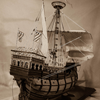
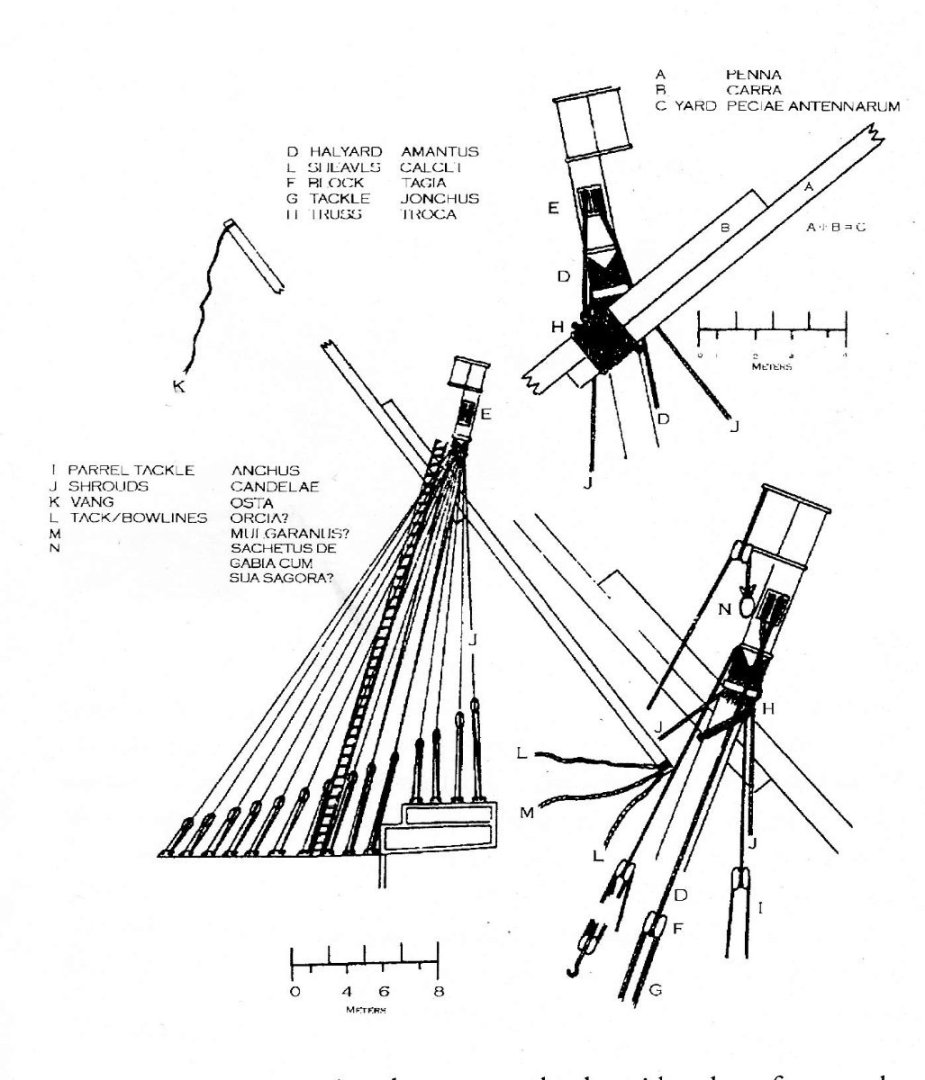

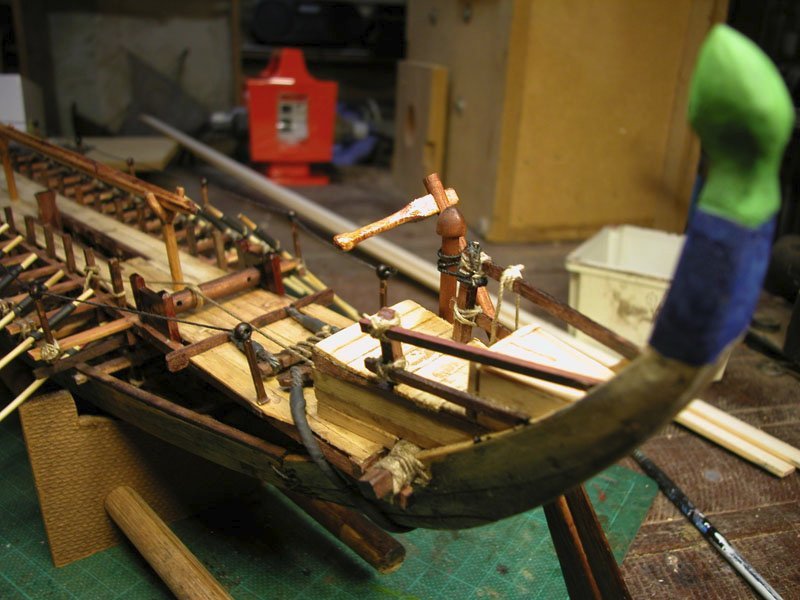
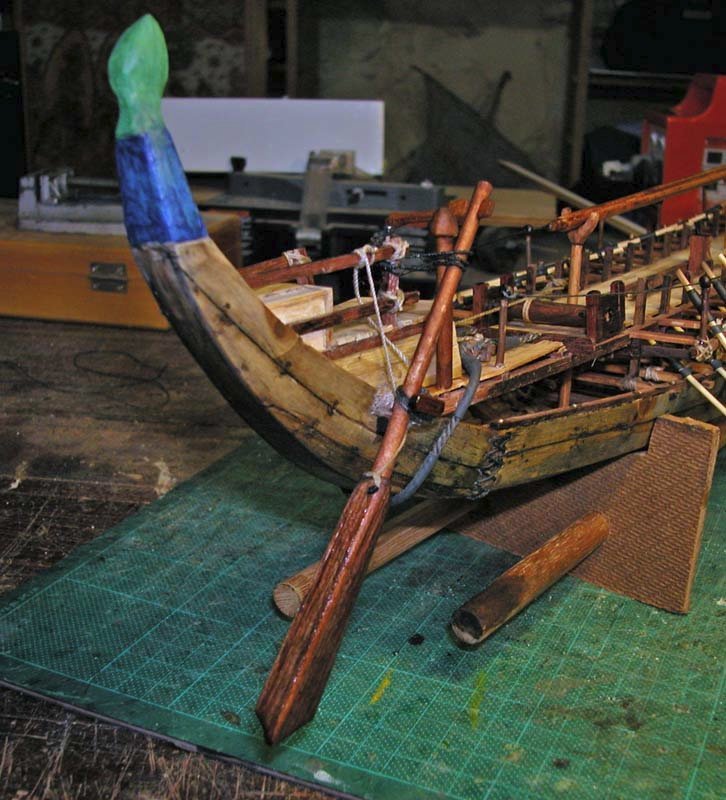
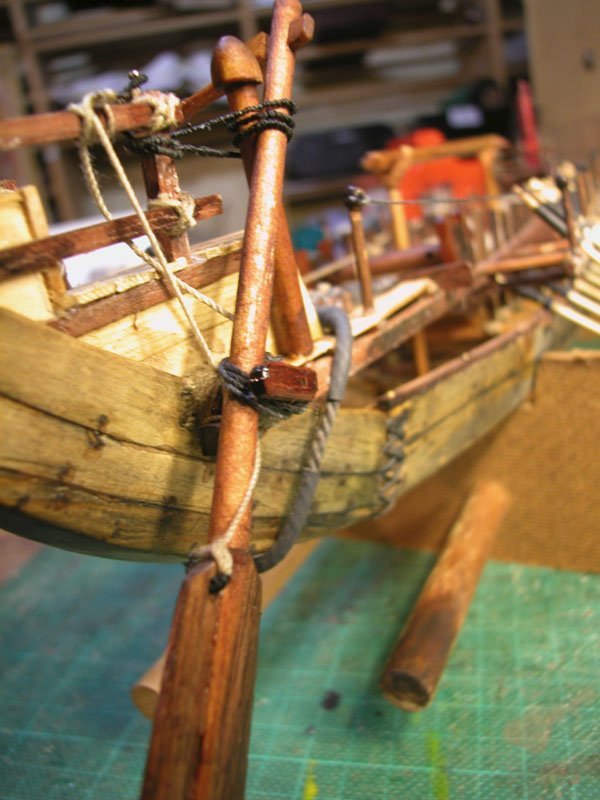
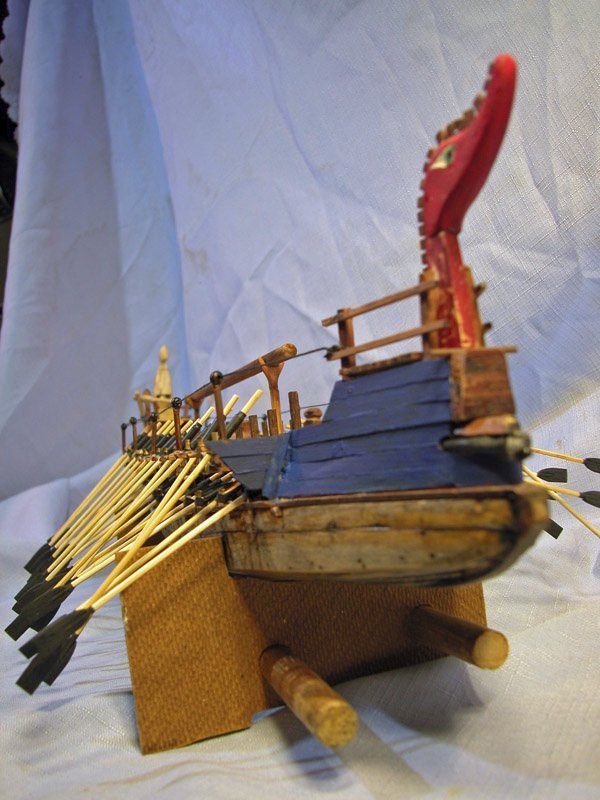
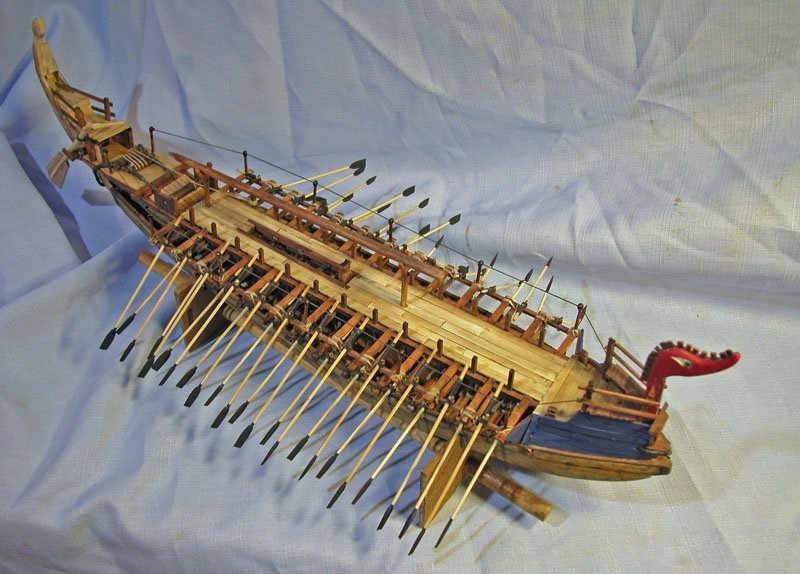
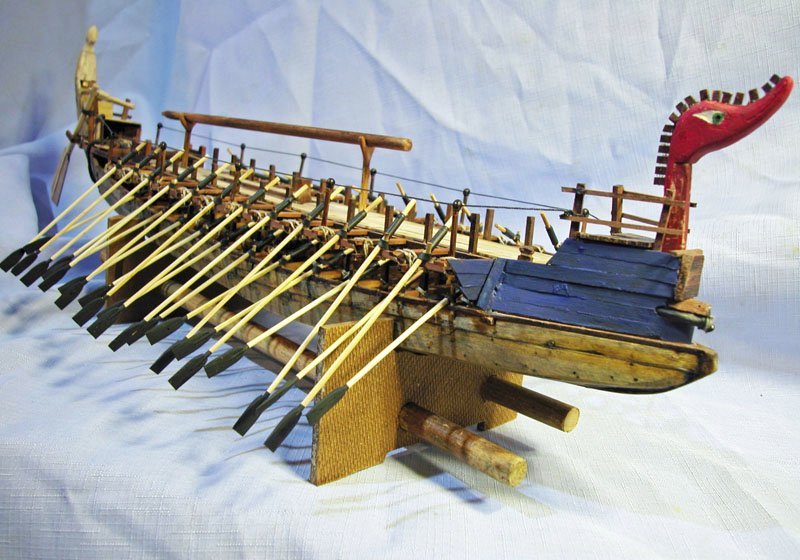
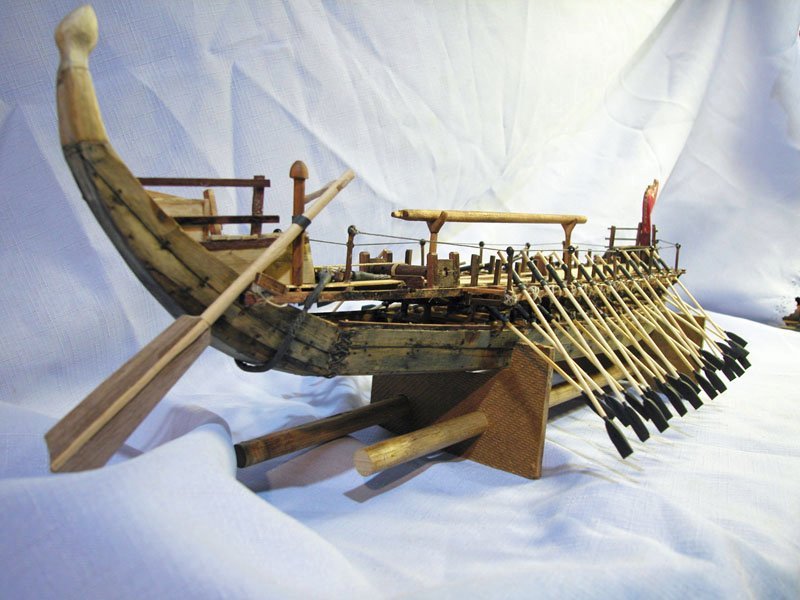


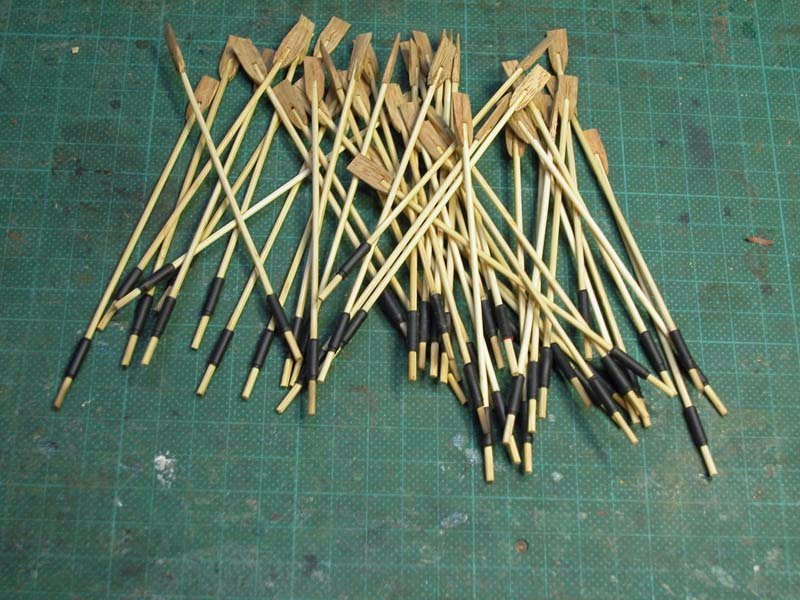
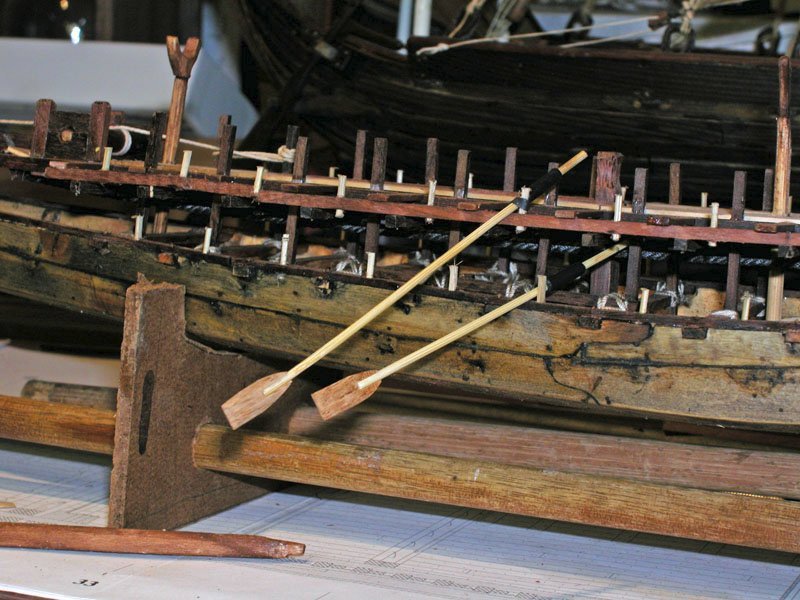
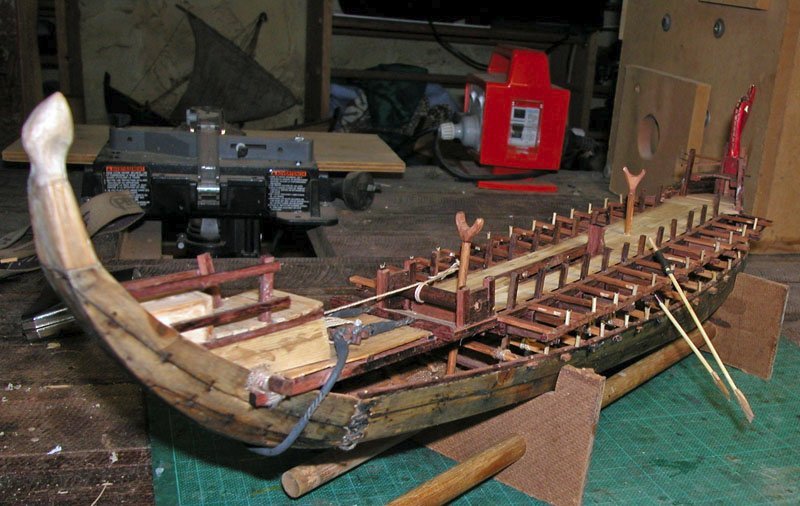
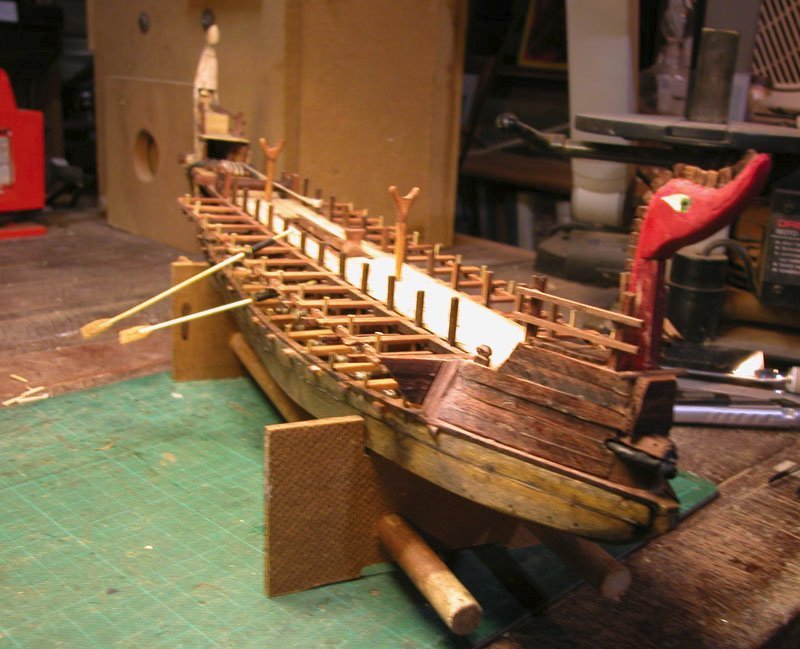
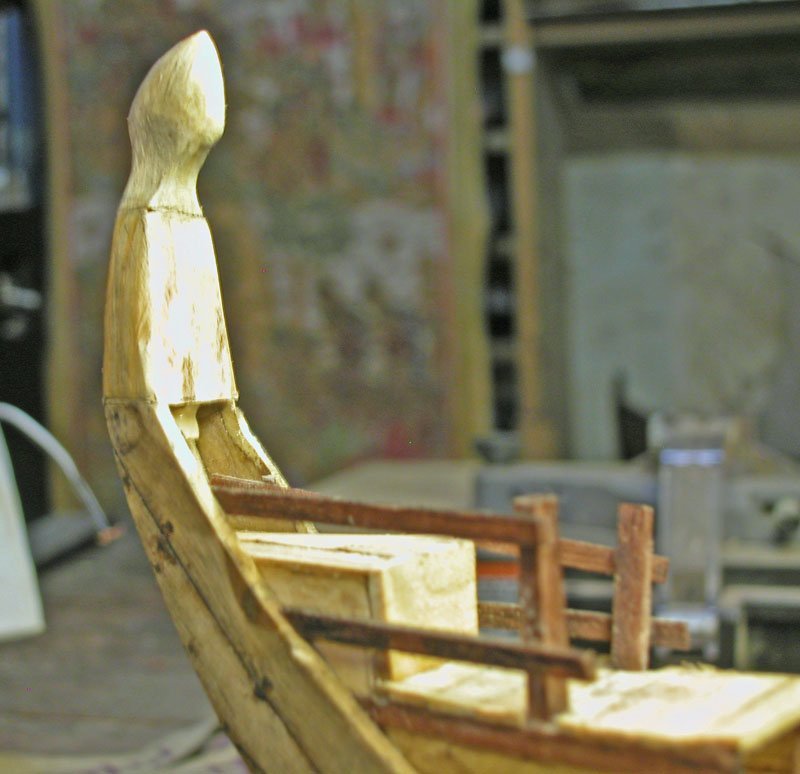
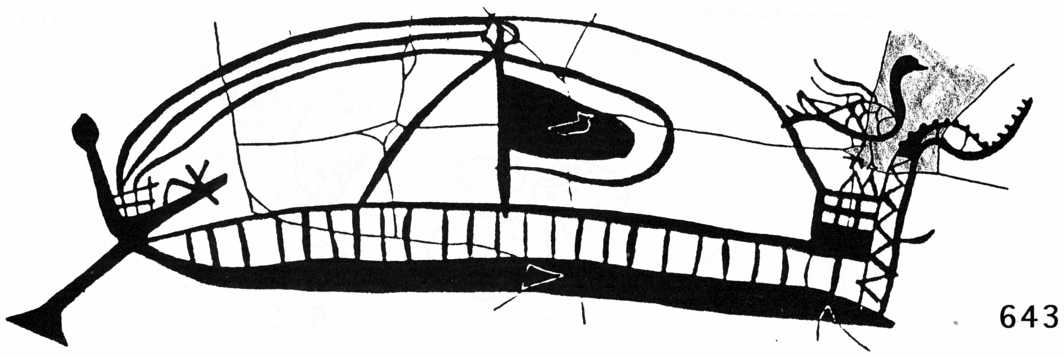

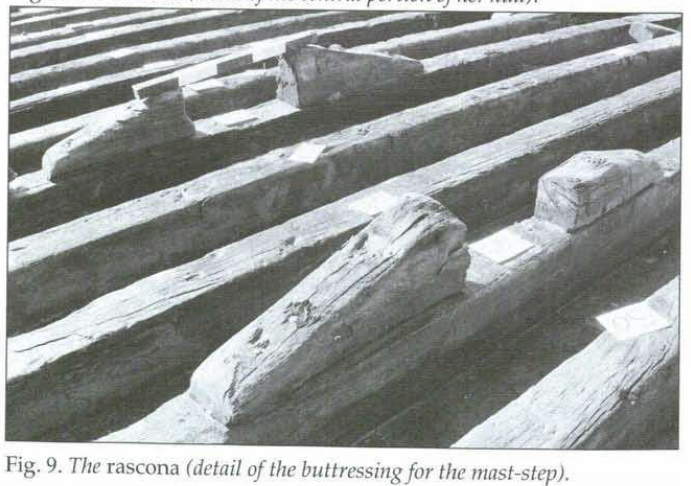
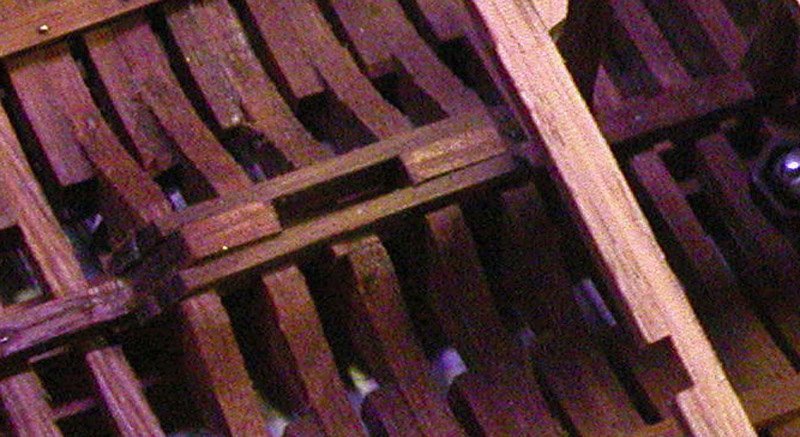
b.jpg.2f5a036c0be2df47377b9f367406ebd0.jpg)

